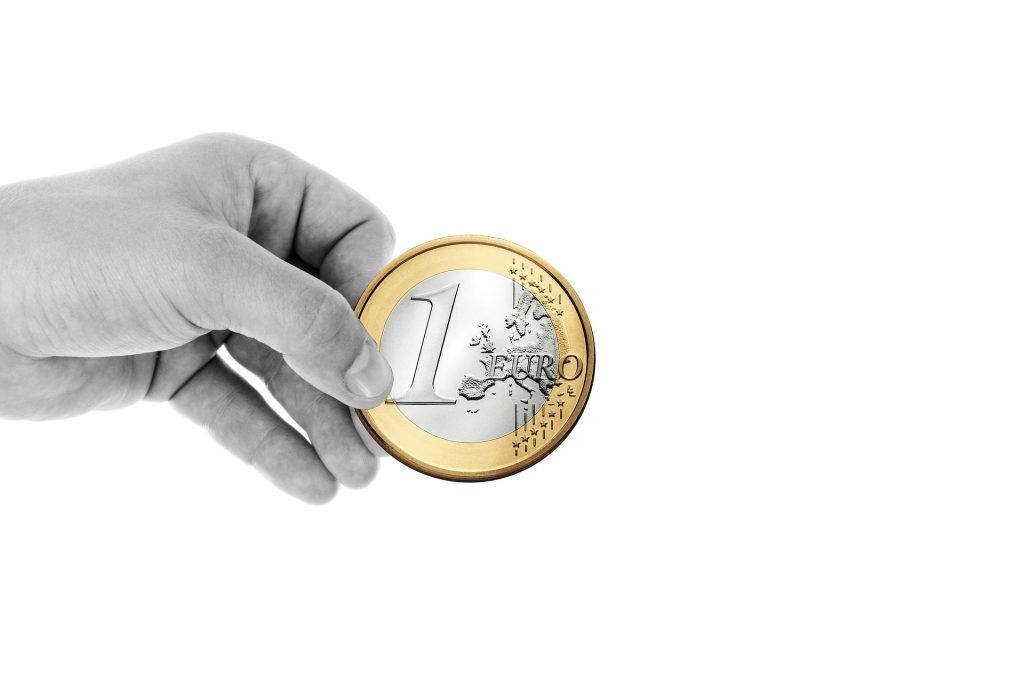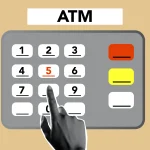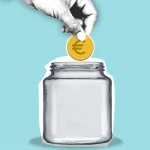As 24Sata writes, they report that the majority of cash payments (51%) in euros in stores were made on January 5.
“In the majority of transactions, as many as 93%, the change was returned to consumers exclusively in euros, 35% of the surveyed Croatian citizens stated that they only carry euro banknotes, and 36% of them only euro coins”, according to a survey carried out by the EC representative office in Croatia.
According to the Eurobarometer survey, on January 5, six percent of the 199 respondents had Croatian kunas in their wallets, five percent mostly kunas, 19 mostly euros, 35 had only euros, 27 percent had half kunas and half euros, and eight percent had no banknotes.
The withdrawal of kuna banknotes and coins from circulation began in December 2022, and by December 31, 55% of kuna banknotes and a third of kuna coins had already been withdrawn from circulation.
The EC states that the Croatian retail sector copes well with the transition process and the parallel use of two currencies.
“No major problems with waiting in lines or problems with the cash registers were reported. Conversion at ATMs also takes place smoothly, with 70% of all ATMs in Croatia already distributing euro banknotes from the first hour of the new year. The commission pointed out that the number and scope of withdrawals remained at levels comparable to those before the transition to the euro”.
The commission stated that it will continue to monitor Croatia’s transition to the euro and will continue to measure the experience of Croatian citizens in connection with the transition to the European currency in the coming weeks.
For more, make sure to check out our dedicated Lifestyle section.












